
Despite the best efforts of marketers who spend hours crafting click-bait headlines for social media, most of us scroll straight past them.
Unfortunately, this is the most likely behavior of your customers too.
The information overload epidemic is real and it’s posing a dilemma for marketers who are desperately searching for attention.
How do you get people to pause, observe what it is you have to say, and engage with your brand?
Brands of all shapes and sizes are publishing more and more content on social media in an effort to get noticed. Yet, the impact is often the antithesis of attention. Our minds quickly filter through the important information and weed out the things we don’t want to deal with.
Google traffic, once the most engaging, is seeing a similar trend. Consumers search while on the go or in the middle of a task. No one has time to pause. It’s information overload and it’s contributing to a fast and concerning evaporation of your marketing budget.
So, how do improve website engagement in this era of information overload? Here are 3 critical tips.
1. Optimize for intent
Search intent is a fundamental concept behind digital marketing. It reflects the customer’s needs and planned actions at the time when they are searching.
While search intent is an important ranking factor (i.e. Google wants to rank content that satisfies its users’ needs), it’s also a great way to better understand your target customers, their struggles and buying journeys.
In that, analyzing and optimizing for search intent helps you in two primary ways:
- To generate more organic visibility.
- To improve website engagement by giving visitors what they need.
Text Optimizer is a semantic analysis tool that uses Google as the data source. The idea is simple:
- Google has already learned how to generate search results for them to satisfy search intent in the best possible way.
- All we need to do now is to reverse-engineer these results to identify how to build content that meets our customers’ expectations.
To use the tool, simply run your URL through it to see what kinds of audience it is optimized for now and what to do to optimize it better:
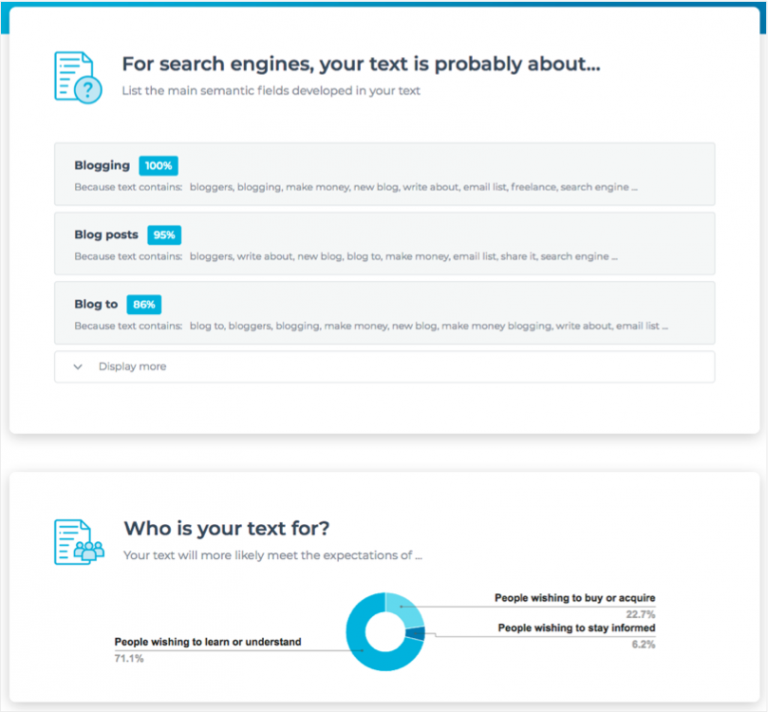
From there, you can scroll down to the part where the tool suggests ways of improving the copy for it to better satisfy any of your target queries:
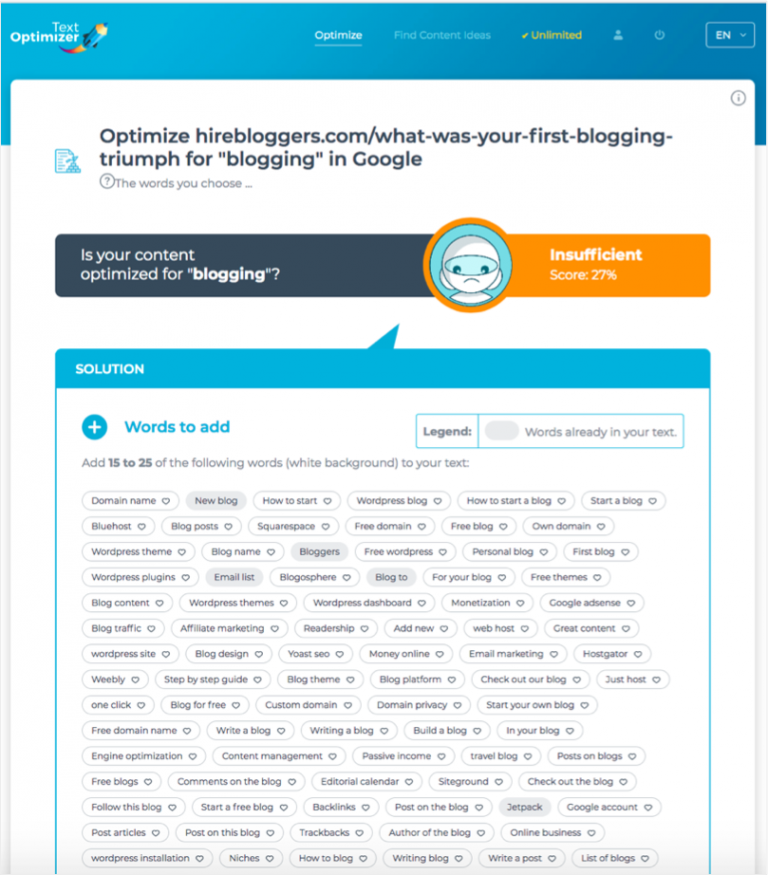
Choose at least 20 of these terms to naturally build them into your current copy and better optimize it for search intent.
2. Embrace artificial intelligence
Artificial Intelligence is computer science aiming at teaching the machine to think – and more importantly – act like a human being.
In marketing, artificial intelligence is one of the hottest trends making its way into all spheres and niches, including email automation, persona building, personalization, and more.
When it comes to on-page engagement, artificial intelligence can be your secret weapon. The thing is, thanks to this technology you are now able to help users in real-time, whenever they need help.
Smart customer support bots analyze your site’s user behavior and predict when they are about to leave or what they need from you to continue their buying journey. And this technology is easier to use than many business owners realize.
Alter is a self-improving AI-powered platform that takes one second to install. Once you add the script, you don’t need to do anything else. Sit back and let the bot accumulate data and learn to help users whenever they seem to be struggling.
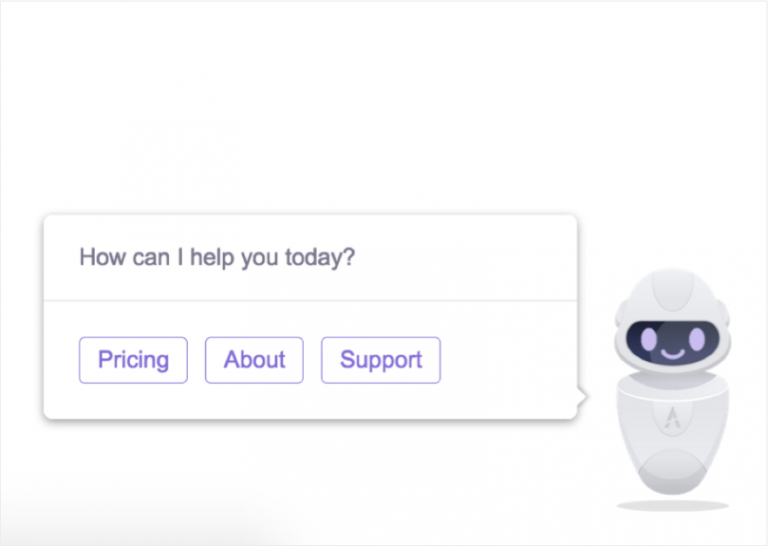
Alter integrates with major email marketing platforms sending subscribers right into your current list.
Furthermore, it can increase your on-page conversions by over 100%:
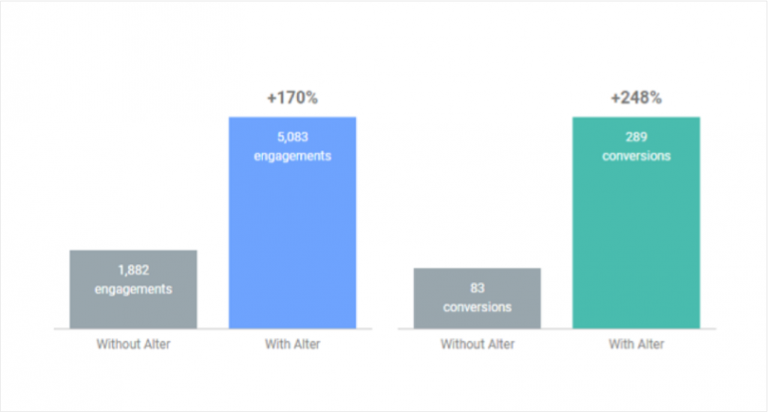
Using artificial intelligence will boost your marketing in the long run. The more you use the bot, the better it teaches itself to help your site users.
3. Boost your visual marketing game
Images and videos are well-known for their marketing power. They increase conversions, bring in sales and engage web users like no other medium.
Yet, it’s not that easy.
The web is becoming increasingly visual. 10 years ago you could get your content noticed by simply throwing in a couple of screenshots, now all articles are filled with visual marketing components including animated GIFs, annotated screenshots, beautiful visual quotes, etc.
How do you stand out in this increasingly competitive space?
There is no easy answer here. You just need to be different.
Come up with new ideas and tactics, always look for new tools and solutions and get your team to brainstorm with you. It is a continuous struggle. It is also an exciting journey too, like any other journey that involves creativity.
What can I do what no one else has done in my industry? Is it a seasonal campaign? Is it a bite-sized visual instruction series?
Whatever it is, it should be something fresh and creative. You cannot keep publishing the same-format infographics and expect one of them to spread. Diversify.
Placeit is a nice platform to help you diversify your visual marketing strategy. Take a look at the video maker section. It has thousands of templates and ideas you haven’t seen anywhere else, including templates for step-by-step instructions, product demos, and content teasers. You can create your own animated instruction in seconds!
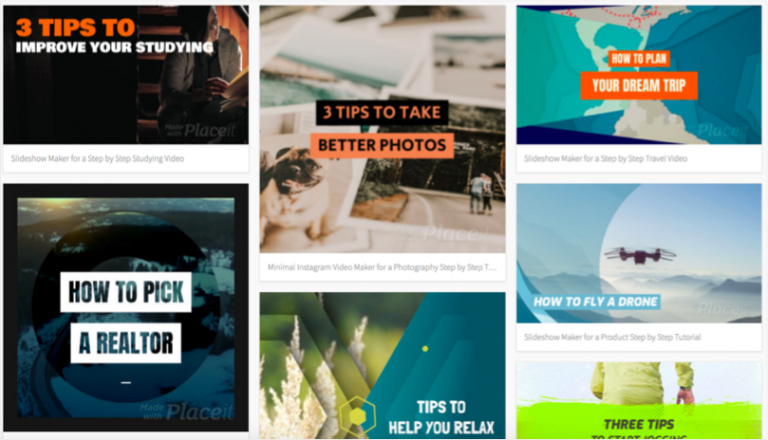
Here are more resources and tools to help you create more varied visual content:
Takeaways
Nowadays, more content is being published than can possibly be consumed. So having your site readers pause and engage with your site has become even more difficult.
In order to stand out, publishers need to embrace new technologies and creative approaches:
- Optimize for intent using Text Optimizer, i.e. give your customers what they expect to see when searching for your target query.
- Use AI-powered smart bots that will help your site users find what they need and engage them just when they are ready to leave.
- Boost your visual marketing game by using new tools, new sources, and new tactics. Visual marketing success relies on your creativity.
Are you struggling to engage and convert your traffic? Please share tactics that have worked for you below!